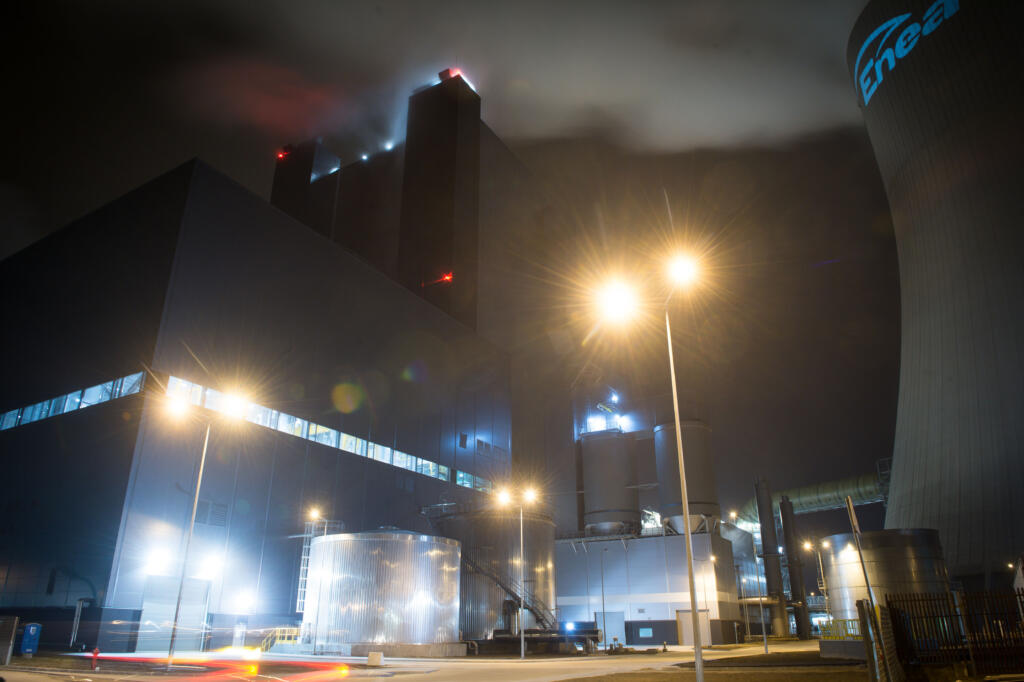The PKEE members are committed to achieve climate neutrality and the 55% emissions reduction target. As pointed out by i.a. Eurelectric, if carbon neutrality in the entire economy is to be achieved by 2050, hard-to-abate sectors need to be electrified, which cannot be implemented with skyrocketing power prices, observed nowadays in Europe. In Poland, carbon pricing impact is the main factor responsible for the rising power prices, which the Polish consumers cannot afford. In this context, additional mechanisms preventing uncontrollable rise in carbon prices are needed.
In December 2020, the European Council identified the problem of imbalances in some Member States not receiving revenues that are equivalent to the costs borne by the ETS installations. For Poland, this translates into EUR 40 billion that the Polish companies would transfer abroad as a result of the imbalance and hence, finance the energy transition of other countries. Yet, the Commission’s proposal leads to increasing the already identified imbalances.
The EU ETS role in supporting the financing of energy transformation
The revision of the EU ETS Directive is crucial in delivering increased reduction targets and necessary to financially support the decarbonisation of the EU economy. In Poland, this transition requires investment expenditure amounting to an estimated EUR 136 bn by 2030. Thus, the PKEE welcomes the proposal to direct all auctioning revenues to climate-related activities to boost the national budgets’ ability to finance the energy transition.
However, as the problem of imbalance remains unaddressed, the Modernisation Fund should be increased significantly and proportionally to respond to these challenges. Yet, the proposed increase is not proportionate to cover modernisation costs in the sectors covered by the ETS.
The Fund increase is proposed only for the year following the date of entry into force of the ETS revision till 2030, while the LRF is to be adjusted as it would be applied since 2021. To ensure the necessary consistency between these two instruments, the additional quantity of allowances dedicated to the Fund should be calculated on the basis of the entire cap in the entire current trading phase.
The proposal to exclude investments in natural gas from the scope of the Fund as of the date of entry into force of the revision, which may occur in 2024, may hamper decarbonisation of the district heating sector in the CEE region, where highly-efficient natural gas-fired cogeneration plants remain the only viable solution to progressively phase out coal, improve air quality and prevent the deepening of energy poverty.
MSR reform in the context of the higher LRF and rebasing the cap
The PKEE is concerned about the Commission’s proposal to combine the increased linear reduction factor (LRF) of 4.2% and the one-off cap reduction with the further strengthening the Market Stability Reserve (MSR). The cumulative effect would lead to a further uncontrollable increase of the EUA price, which has recently surged over EUR 60/tonne.
The MSR must provide a buffer in the future, also in case of market shortage, thus there is no reason to invalidate allowances above 400 million. Otherwise, there will be no allowances left before 2040. The current mechanism to invalidate allowances above the previous year’s auctioning volumes should remain in place.
Free allocation for district heating
The proposed strengthened heat benchmark rate will drastically limit free allocation for heat generation. Higher district heat prices may increase carbon leakage to individual heating solutions and lead users to go off-grid and deploy individual fossil-based heat sources worsening local low-level emission and air pollution.
Conditioning access to free allocation for eligible sectors to pro-efficiency measures is inconsistent with the overarching objectives of energy auditing, which is to identify potential sources of energy savings.
The absolute obligation to implement audit recommendations is excessively rigid. This provision may cause a number of interpretation ambiguities, as the range of potential projects aimed at improving energy efficiency is wide and diversified in terms of the classification of economic activities.

